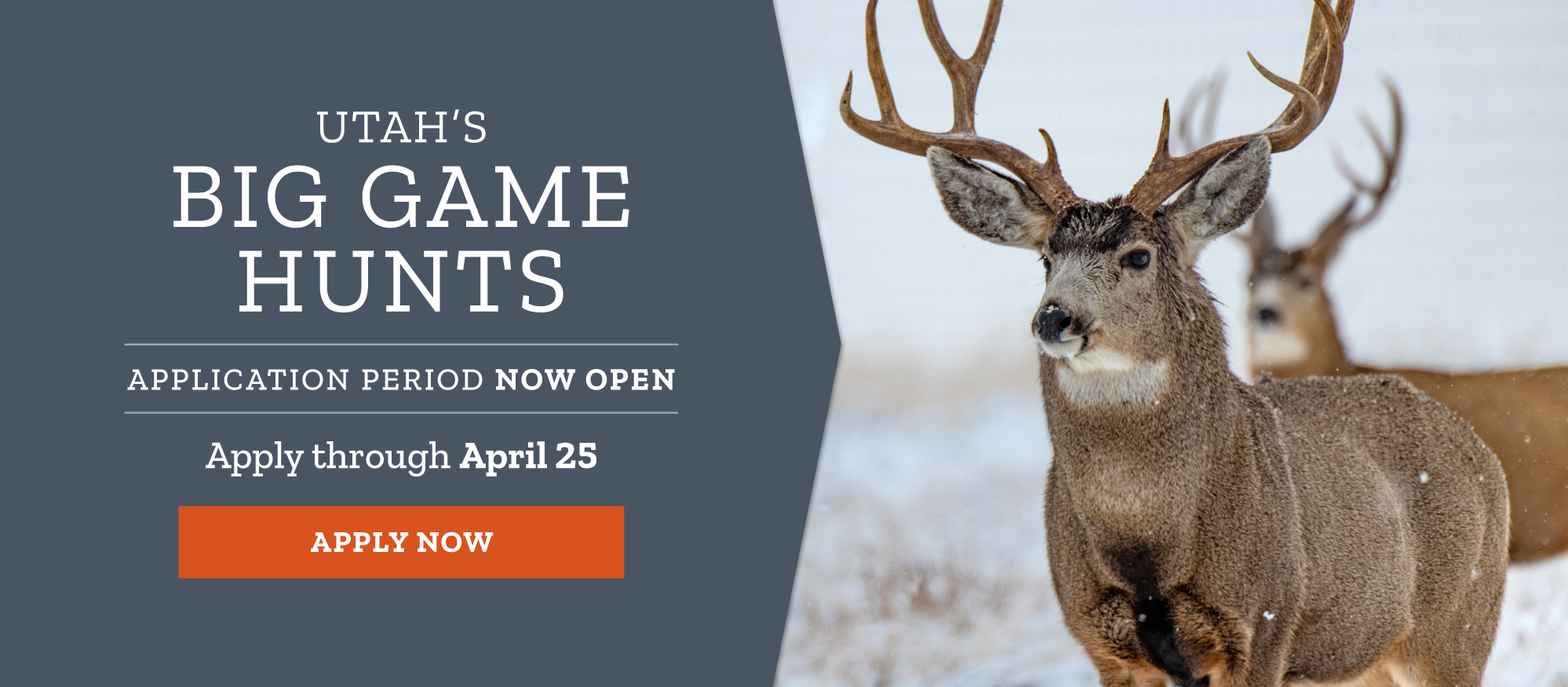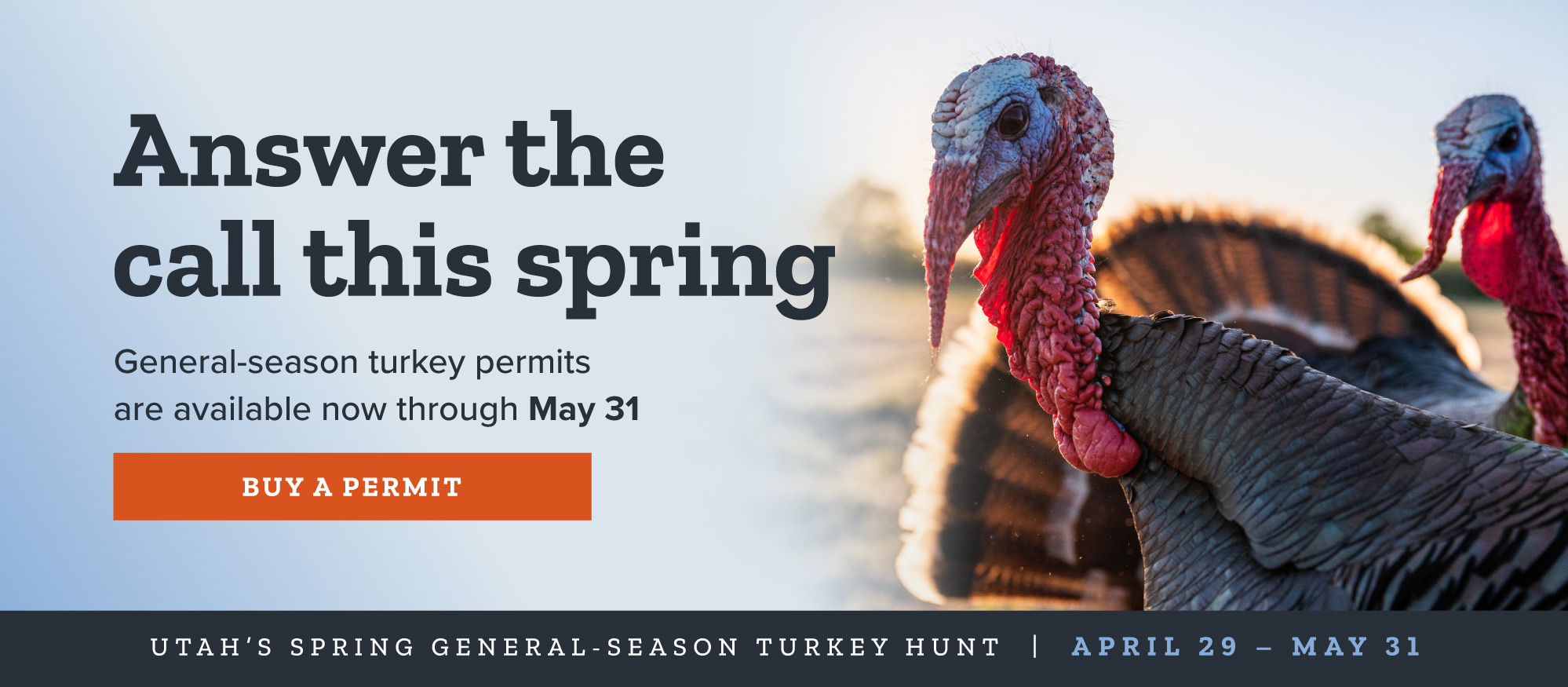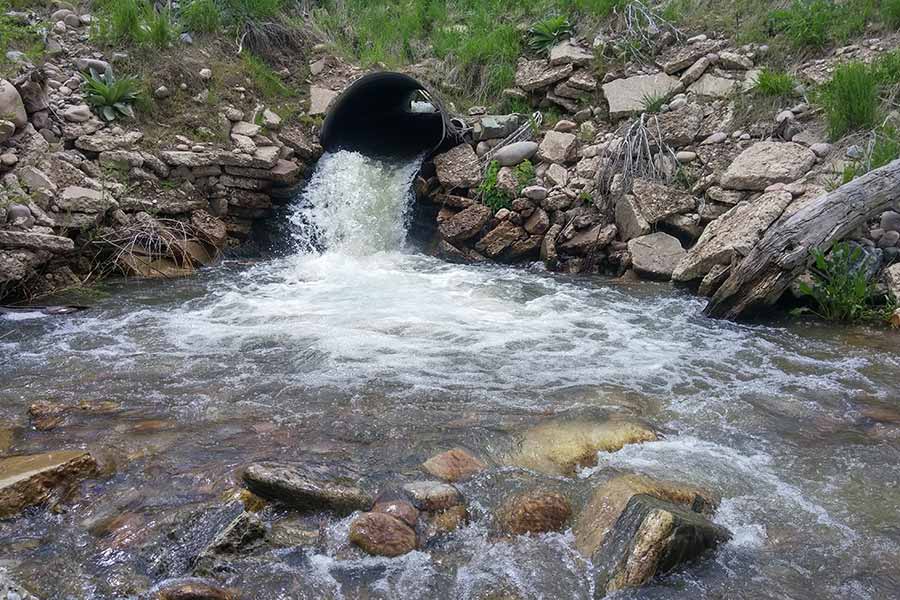Year in review: DWR, UDOT partnership helps wildlife safely migrate across the state
Salt Lake City — The Utah Division of Wildlife Resources and Utah Department of Transportation, as well as other partners, are working hard to reduce wildlife/vehicle collisions around the state and to help wildlife and fish make important annual migrations.
The Utah Wildlife Migration Initiative was founded in 2017 to better track and study the migration patterns of different wildlife and fish species in the state and to help them make those important journeys. Most of the data comes from animals wearing GPS tracking devices or from fish tagged with implanted transmitters.
These fish and wildlife structures vary and can include:
- Overpasses, which allow wildlife to cross over a roadway
- Bridges, which allow vehicles to cross over a river or ravine, while wildlife travel underneath the bridge
- Culverts, which allow wildlife to cross under a roadway (the majority of Utah's wildlife crossings)
- Fences, which eliminate roadway crossings in certain areas and instead funnel the animals to an overpass or culvert where they can safely cross a road
- Various "fish ladders" and other structures in rivers and streams that help fish migrate to different spawning areas
Utah made history when it completed the first wildlife overpass in the U.S. in 1975 on I-15 near Beaver. Since then, more than 60 wildlife crossings have been installed throughout the state. These structures typically take several months to build, depending on the size and weather conditions.
Here are the areas where the DWR and UDOT implemented new wildlife solutions or where the DWR and Trout Unlimited and other partners installed structures to help fish migrate in Utah this year:
Central Utah
- One mile of wildlife fencing was built on state Route 73 near Eagle Mountain as part of a project to protect a mule deer migration corridor in the area. The fencing was completed in February.
- A half mile of additional fencing was constructed along I-80 as part of the previous project that built the wildlife overpass at Parleys Summit. The fencing runs east along I-80 and was funded by private donations through the local Save People, Save Wildlife organization. The fencing was completed in the fall of 2021.
Northern Utah
- An old culvert was replaced with a large, baffled culvert on Dalton Creek in Morgan County. A series of step pools was also created below the culvert to help Bonneville cutthroat trout reach important spawning habitat and cooler water temperatures in the summer. The project was completed in partnership with Trout Unlimited in September.
- Work was completed in Basin Creek to allow Yellowstone cutthroat trout and bluehead suckers to pass through an irrigation diversion. The project was finished in May, and a bluehead sucker — originally fin clipped back in 2020, downstream of the structure — was observed upstream of the diversion after the project.
- The Marriott ditch-irrigation diversion structure in the Ogden River was reconstructed with the partnership of Trout Unlimited in March. Now, brown trout and bluehead suckers can move through that area of the river. For more details about the project, visit Utah's Watershed Restoration Initiative website.
- A culvert was replaced with a new one at a lower elevation to allow Bonneville cutthroat trout to travel through Winter Quarters Creek, a tiny tributary on the south fork of the Ogden River. This project was completed in partnership with Trout Unlimited in December.
Southern Utah
- Over 100,000 feet of fencing was installed on I-15, just north of Parowan, between mile marker 82.25 and mile marker 95. The wildlife fencing project included 14 escape ramps and six jump-out structures for animals that inadvertently get onto the freeway. It was completed in November.
Wildlife/vehicle collisions
Approximately 4,518 deer were reported to be killed in vehicle collisions this year, as of Dec. 14, 2021. In Utah, 90% of the big game animals killed in wildlife/vehicle collisions are deer, primarily because they are the most abundant big game animal in the state, but also because they migrate.
"Deer typically follow the same migration routes every year," DWR Wildlife Migration Initiative Coordinator Daniel Olson said. "Many of those routes intersect roadways, which the deer will often try to cross, regardless of traffic. However, simply putting up fences can limit the migration opportunities for deer and other wildlife, and it's not possible to fence every stretch of highway across the state. So it is important to ensure the passage of wildlife in these areas through the installation of properly placed wildlife structures."
Studies have shown there is a 90% reduction in wildlife/vehicle collisions when there is a crossing structure and fence in the area, so the DWR has been working with UDOT to identify areas where migration routes cross roadways and these solutions can be implemented. Both agencies help fund the projects, and UDOT oversees the building and maintenance of the structures.
"In addition to reducing wildlife/vehicle collisions, we've found animals that would never have even approached the freeway are now crossing safely and are able to access more of their historic habitat," UDOT Natural Resource Manager Matt Howard said.
Visit the DWR website to learn more about how these wildlife solutions are funded and how the locations are selected.

















